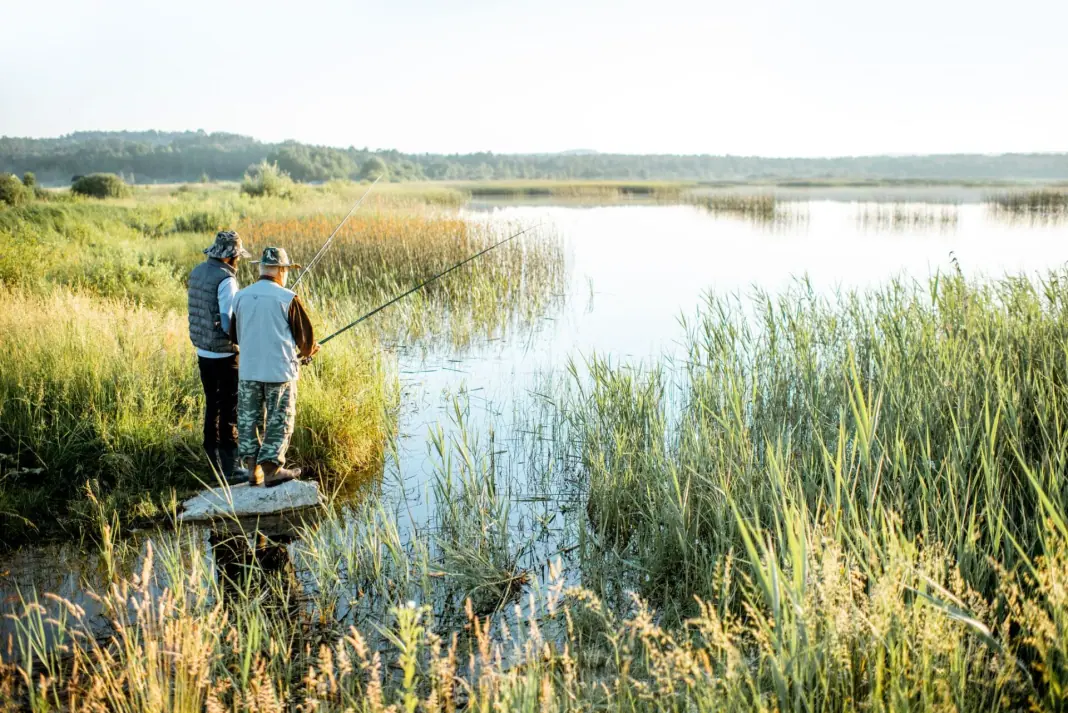Bass fishing is a beloved pastime for many anglers across the world, and with good reason. These exhilarating fish are known for their fighting spirit and can be found in a variety of aquatic environments. Whether you’re fishing in freshwater lakes, rivers, ponds, or reservoirs, understanding how to locate bass is key to a successful outing. This article will guide you through the essential steps and techniques to find bass, regardless of the body of water.
Understanding Bass Behavior
Seasonal Patterns
Spring
In spring, bass are generally more active as they prepare for spawning. They tend to inhabit shallow waters, often near spawning beds. Look for bass near structures such as submerged logs, stumps, or vegetation where they can build their nests. Warmer, shallower areas of the water tend to attract them during this season.
Summer
During the hot summer months, bass move to deeper, cooler waters. Early mornings and late evenings are the optimal times for fishing, as the bass come closer to the surface in search of food. Midday, when temperatures peak, bass often retreat to deeper structures like drop-offs and underwater ledges.
Fall
As temperatures cool in the fall, bass become more active again and return to shallower waters. They feed aggressively to prepare for the winter months, often chasing schools of baitfish. Look for them in transitional areas such as points and secondary points near deeper water.
Winter
In winter, bass slow down due to colder temperatures and often stay in deeper waters. They require less food during this time, so patience is crucial. Focus on structure-heavy areas like deep channels, rocks, and submerged timber.
Feeding Habits
Bass are opportunistic feeders with a diet primarily consisting of smaller fish, crayfish, insects, and worms. Understanding their feeding habits can help anglers predict where they are likely to be located. Observe the presence and movement of baitfish and other prey, as bass are likely to be nearby.
Identifying Structures and Cover
Understanding Water Structures
Points and Humps: These are natural structures where the water depth changes, attracting bass as they use them as ambush spots.
Drop-offs: Sudden changes in the depth of water where the terrain sinks sharply are ideal locations for bass to hide and await prey.
Channels and Creeks: These serve as highways for bass to move between feeding and resting areas.
Natural and Artificial Cover
Vegetation: Areas with aquatic plants provide ample cover for bass and attract insects and baitfish, creating a thriving ecosystem for bass to feed.
Logs and Stumps: Submerged wood offers excellent cover and protection for bass, making it a prime location for fishing.
Manmade Structures: Docks, piers, and submerged debris can attract bass by providing shade and structure in otherwise open water.
Adapting Your Approach
Choosing the Right Bait and Tackle
Live Bait: Minnows, crayfish, and worms are excellent choices for luring bass, mimicking their natural diet.
Artificial Lures: Spinnerbaits, crankbaits, and soft plastics are popular among bass anglers. Match the lure color and size to the natural prey in the area.
Adjusting Techniques Based on Conditions
Water Clarity: In clear water, use natural-colored lures and stealthy approaches. In murky water, brighter colors and noisier lures can help bass locate your bait.
Time of Day: Early morning and late afternoon are typically the best times for bass fishing, as fish are more active during these periods.
Weather and Water Temperature: Overcast days may lead to more surface activity, while sunny days often push bass deeper. Adjust your tactics accordingly.
Successful bass fishing requires a blend of knowledge, adaptability, and patience. By understanding the behavior, feeding habits, and preferred habitats of bass, you can increase your chances of a rewarding fishing experience across any body of water. Pay attention to seasonal patterns, use the right bait, and adapt your approach based on environmental conditions to consistently find bass on your outings. Happy fishing!



